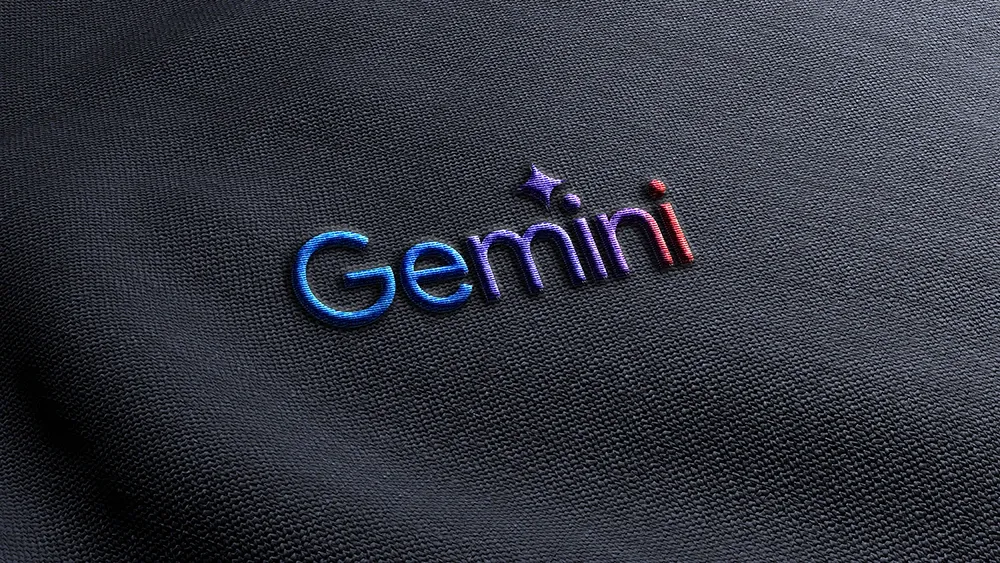
KEY POINTS
Qualcomm's renewed data center CPU strategy, leveraging the Nuvia IP, targets AI-centric workloads, signaling a response to growing enterprise demand for optimized, specialized silicon.
Matt Kimball, VP and Principal Analyst at Moor Insights & Strategy, suggests the initiative may more directly challenge existing custom silicon solutions than the broader merchant CPU market dominated by Intel or AMD.
"If I can use custom silicon to reduce my training time by say, three months, and I can cut my power bill down by say, 25 to 30%, think about how much more quickly I can serve the market."
Custom silicon is on its way to becoming a part of daily lives. Qualcomm is re-entering the data center CPU arena, a strategic maneuver industry analysts see as an effort to capture demand within the quickly growing AI workload segment. This latest initiative, significantly differentiated from past attempts by its Nuvia IP foundation, appears to be driven by substantive, if unpublicized, customer commitments for purpose-built silicon.
We spoke with Matt Kimball, Vice President and Principal Analyst of Data Center Technologies at Moor Insights & Strategy, to dissect the implications for the competitive ecosystem and future enterprise cloud infrastructure.
Lessons learned: "Qualcomm made this play, I'm going to say six years ago with a product called Centriq, where they introduced their data center CPU and abruptly pulled back," Kimball recalls. That earlier foray was more aligned with the merchant silicon model exemplified by Ampere. The re-entry, however, is architecturally distinct, particularly following the Nuvia acquisition. "They bought Nuvia a few years ago, which is the IP behind the original MacBook ARM part. Really great design, which had a server portfolio as well. That's been kind of sitting on the shelf." Kimball notes that "it makes sense that Qualcomm would try and find a way to monetize this architecture."
Merchant vs. custom silicon: Kimball frames the environment by contrasting general-purpose merchant silicon (from AMD, Intel) with the custom silicon designed by hyperscalers like AWS Graviton or Azure Cobalt to optimize their specific infrastructure stacks. "The cloud providers don't just design and build their own silicon," he explains. "They will often partner with a Broadcom, with a Marvell, in this case with a Qualcomm, to design and build these CPUs." He posits that Qualcomm's immediate strategy isn't to broadly displace general-purpose CPUs. "You don't go out and say you're going to utilize NVLink, which means you're going to support Nvidia GPUs if you don't have line of sight to some money on the other end. There's got to be some customer demand for it."
Specialized CPUs: In AI architectures, the CPU often functions "more as a kind of a controller or traffic cop for that GPU," managing data flow and pre-processing. An AI-optimized CPU can therefore shed unnecessary general-purpose features. "Strip out the stuff that's not necessary, double down on the stuff that is necessary," Kimball states, "For example, how do I get more data from memory into the GPU as fast as possible?" This is where the Nuvia IP is expected to deliver, and where Qualcomm identifies a clear market insertion point. "It's clear they found a niche where they think that Nuvia IP can play well and they're going to lean into it."
"The more direct impact could be on the Marvells, the Broadcoms, that are doing custom silicon themselves. I think it impacts them more than it does an Intel or AMD because now they have a direct competitor that has really, really, really, really deep chops and capabilities in silicon design."
Shaking up the competition: Kimball anticipates that the primary disruption from Qualcomm's re-entry will be felt by existing custom silicon design providers, though he notes Intel is now also pursuing custom silicon avenues. "I never thought I'd hear Intel say they were going to do custom silicon, but lo and behold, they said they're going to do custom silicon," he remarks. The more direct impact could be on "the Marvells, the Broadcoms, that are doing custom silicon themselves. I think it impacts them more than it does an Intel or AMD because now they have a direct competitor that has really, really, really deep chops and capabilities in silicon design." He doesn't foresee hyperscalers abandoning their flagship custom silicon projects but suggests they might integrate Qualcomm solutions for specific, demanding AI tasks or to diversify their supply chain.
A paradigm shift: Looking ahead, Kimball views this as indicative of a larger architectural evolution in enterprise IT. "You're starting to see solutions that are being built from the silicon all the way up. AI is one example," he says. This represents a departure from the traditional approach of layering software and accelerators onto general-purpose CPUs. "I wouldn't be surprised, you know, 10 years from now if you saw the enterprise data center comprised of what effectively become appliances; your AI server over there, that's your database server over there." Such environments would consist of "task-specific appliances all built on custom silicon stacks," optimized for specific performance and efficiency targets.
Why it matters: The strategic advantage of deploying custom silicon for AI and other demanding enterprise workloads lies in considerable operational gains. "If I can use custom silicon to reduce my training time by say, three months, and I can cut my power bill down by say, 25 to 30%, think about how much more quickly I can serve the market," Kimball illustrates. For enterprises, particularly in R&D-intensive sectors like pharmaceuticals, this translates directly to accelerated innovation cycles. "If I have access to those models that I need to use or that new technology I need to use three months faster it helps me competitively, but you're also ultimately changing people's lives."


